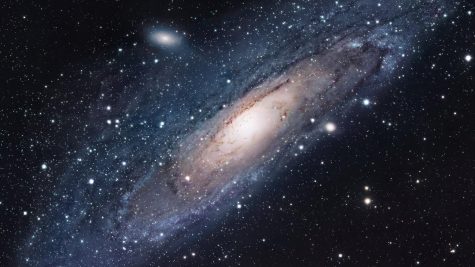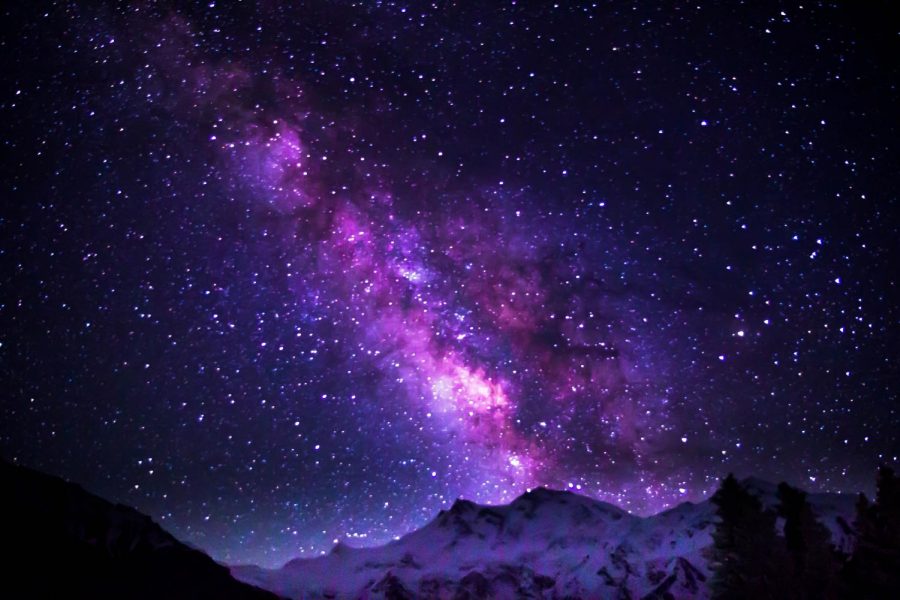In a Galaxy Far, Far Away…
January 24, 2018
Galaxies, groupings of millions of stars, were formed billions of years ago, long before humans ever existed. The first galaxies were formed not so long after the Big Bang occurred, where bright, new stars ionized the gases that surrounded the newly born stars. Recently, NASA discovered the oldest galaxy to have ever been detected using a method called gravitational lensing. The galaxy, designated as SPT0615-JD, was confirmed to have formed only 500 million years after the Big Bang occurred. For some perspective, the universe itself is around 13.8 billion years old, which means that the galaxy would have formed 13.3 billion years ago.
Light is extremely fast and is, in fact, the fastest speed that any object can physically reach in the universe. However, light is now fast enough to travel across the universe instantly. Light travels from the Sun to Earth in eight minutes; imagine light traveling across billions and even trillions of times that distance. Light would take millions of years to reach Earth from these galactic scales. That is why when we observe the stars in the night sky, we are observing light that was emitted millions of years ago. The farther you observe, the older the objects become. With the current technology, telescopes are able to see billions of years in the past. However, engineers are still figuring ways to increase the technology of these telescopes. Light can be hard to concentrate when it is scattered at extreme distances.
The methods that were used to discover SPT0615-JD were not intentional. Gravitational lensing, a phenomenon that bends light and space around a massive object, is capable of magnifying background light around objects intensely. Gravitational lensing can magnify objects to become brighter and more focused. Hubble’s Reionization Lensing Cluster Survey (RELICS) and the S-RELICS Spitzer program were used to find a wide view of clusters of galaxies in the infrared. Astronomers were able to spot SPT0615-JD while searching for candidates of gravitationally lensed galaxies. Since the image of the galaxy is warped, the galaxy appears to be a red dot.
Since the discovery of SPT0615-JD, astronomers have been able to capture details using the Hubble and Spitzer databases. They were able to calculate that the galaxy only had three billion solar masses and was 2,500 light years in diameter. In comparison, the Milky Way had 300 billion solar masses and is 300,000 light-years across. The galaxy gives an overall idea that the first galaxies were extremely small. With the help of better and bigger telescopes, astronomers are making greater strides to capture more images of the first galaxies that were formed in the universe.

















































































































































